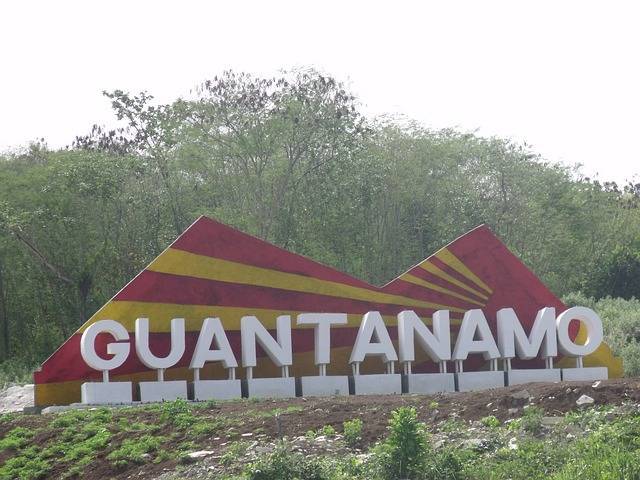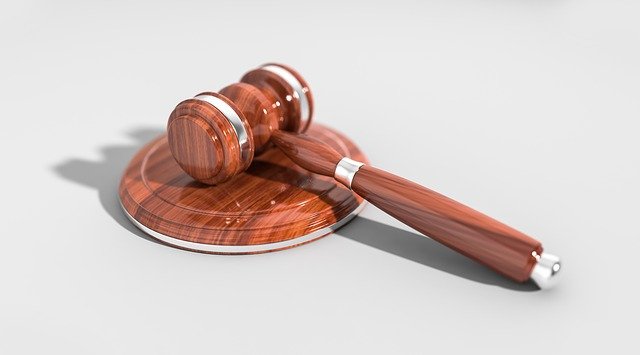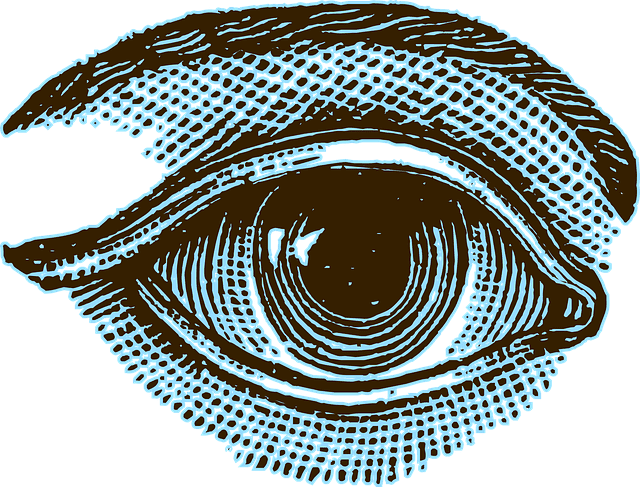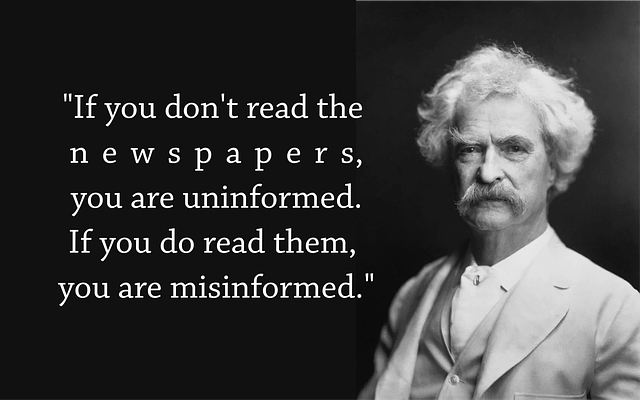Why Conspiracy Theories Have a Bad Name in the 21st Century
Why do conspiracy theories have a bad name? Or do they? Or are they bad, anyway?

The answer is a bit complicated. Let’s start by defining what constitutes a conspiracy theory.
Conspiracy theories are, at their most basic level, suspicions based on something that someone is doing sneaky and dishonest stuff most people are not aware of, on the sly. In fact, it’s rare for a conspiracy theory to be based on nothing.
The next important fact about conspiracy theories is that they are, indeed, theories. A theory is something that has not been able to be proven, but that has reasonable evidence to make it plausible.
An example of a good theory is the Theory of Gravity. Yes, it is a theory. Yet most people probably believe that it is a proven fact. That’s because everyone knows that if you drop something from any height, it falls until it lands on something. But that’s covered by Newton’s Law of Universal Gravitation, which talks about the attraction between objects.

That law states:
“Every point mass attracts every single point mass by a force pointing along the line intersecting both points. The force is directly proportional to the product of the two masses and inversely proportional to the square of the distance between the point masses.”
This law tells you how to accurately calculate the force between two points of mass. But why and how are they attracted? That is where Einstein’s Theory of General Relativity comes in. It is also frequently called the Theory of Gravity.
Einstein’s theory has been very useful for more than a century. It has allowed travel to the moon, GPS, space probes, and much more. In a nutshell – it works.
But Einstein himself said, “No amount of experimentation can ever prove me right;
a single experiment can prove me wrong.” This is why it is called a theory, rather than a law. But his theory has yet to be proven wrong.
Here’s how a theory works:
It begins with one or more hypotheses. These are untested ideas about why or how something happens. If a hypothesis is tested and passes the test, it becomes a theory. But if another test proves it incorrect even once, the theory evaporates. It must either be adjusted or dropped.
In the scientific world, if a hypothesis is not supported by the evidence, it cannot gain the status of being a theory. The hypothesis has to be thoroughly test before it becomes a theory.

Conspiracy theories can be looked with similar rules. We can see certain things going on, perhaps directly, or in the news, or in information passed to us. Then we can hypothesize about why and how it’s happening. Who is involved? Why are they doing what they are doing? How do you know? Is the information passed to you accurate? Can you trust the source? Is the source actually the primary source or is it third hand information?
There are conspiracies going on all around us. People are always dreaming and scheming, planning and pursuing.
There are conspiracies that aren’t worthy of a second thought. And there are conspiracies do big and so insidious they need to be exposed. It’s very good when such conspiracies move from mere theories to proven fact.
But just like scientific theory, if the hypothesis doesn’t pass the initial sniff test, it should never go anywhere. False conspiracy theories are very often very harmful. They can disrupt lives, break up families, and even change the course of history.
Fake conspiracy theories
Unfortunately, there are players out there who love to create and spread false conspiracy theories. They are willing to spend a great deal of time to first make them accepted and then to continue to feed them.

The author has dug through a number of these false conspiracy theories. Some are simply to dismiss, as they offer no evidence of any kind that can be verified. These are not really conspiracy theories, because they don’t provide any reason to suggest they are true other than what the person presenting it says.
But there are many much more sophisticated conspiracy stories. These ones often include links to websites as proof. But when you follow the links they either lead to other conspiracy sites, to other sites belonging to the author, or to stories that mention some of the information being presented.
A favorite trick is to create multiple layers of links. I’ve sometimes had to go more than 10 pages deep to discover I was following nonsense. Unfortunately, most people will not go that deep, which is one of the reason false theories can go so far.
Another trick the creators of false conspiracy theories use (often) is to always wrap their lies up in a lot of information that is verifiably factual. The best one ever (in my lifetime) is QAnon. Never have I seen another conspiracy campaign gain such a massive following. Even elected lawmakers have been caught up in it!

But I have been watching it, following the rules for testing theories, and it fails constantly. At the same time, this person/entity/group/foreign intelligence operative/etc. is a master of wrapping the lies in a blanket of truth and many people are certain of the things they are being told.
This has proven to have had a profound affect on the recent election in the United States. People actually avoided voting in the Georgia runoffs, because they were told not to vote! Had the “true believers” come out and voted, the Republicans would have easily won both Senate seats in Georgia. Instead, they lost them by a razor-thin margin.
Time and time again false conspiracies have been proven to be incorrect, yet they are still believed. That’s because the “really good” ones always have an explanation for why something they said really is true, even though evidence is being produced to disprove it. The favorite claim is that a world-wide cabal is controlling all the information and everything you’ve ever been told is a lie!

(I am reminded of people trying to convince me that all the thousands and thousands of New Yorkers who saw the planes fly into the World Trade Center towers were either in on a massive conspiracy, or this cabal used some kind of mind control to make everyone think they saw it happen when it didn’t, etc., etc.)
Real conspiracy theories
There are conspiracies. When they first appear, they are almost always theories. If they were openly visible, they would be be agendas, not conspiracies!
It’s important to dig into real conspiracies. If they are handled correctly, with verifiable evidence at each step, they can bring things out into the light that might otherwise have remained hidden.
This is how large criminal activities have been able to be brought down. Many people, or sometimes just a few really persistent people sharing their verified findings can accomplish amazing things. This means that real conspiracy sites that are careful to check everything can be extremely valuable.

Because of this, it’s important not to just throw out something that might seem a bit crazy as “just another wild conspiracy theory,” because if it can be imagined by humans, it could be true.
Just be careful, before you start accepting anything as true, to carefully vet everything. Be a part of solutions. Conspiracy theories aren’t just bad because they’re – well – conspiracy theories! But do the research. Don’t add to problems. We sure have enough in this world already!